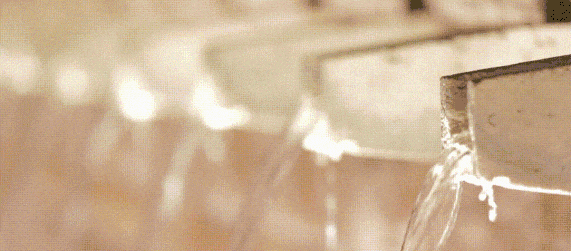
Wastewater Treatment Plant Process is a process in which toxic substances in the water are transformed into harmless materials that can then be easily removed from the water flow. Recycling water has proven to be an efficient and successful way in creating new and reliable supply. It is the best way to handle our vital resources.
The chief purpose of wastewater treatment plan is to reduce the threat of water pollution and to reuse the water back into the environment which is hygienically safe and edible..
Waste water comes from various sources:
- Commercial Organizations
- Industrial Units
- Residences.
The wastewater treatment plant process is as follows:
- Pre-Treatment:
It occurs in industries prior to discharge. It prevents toxic chemicals and excess nutrients to be discharged in the waste water. - Primary Treatment:
Raw wastewater is mechanically passed through raked bar screens to eliminate plastics, debris, cans, sticks, rags etc. There is a grit removal system which helps to eradicate small inorganic material such as sand and gravel. Organic solids which are lighter flow into the large tank known as primary clarifiers. Due to gravity, heavier organic substances settle there. These settled substances named as primary sludge are removed with floating crust and are pumped to anaerobic digesters for advanced treatment. A flow meter continuously records the volume of water which is entering the treatment plan. - Secondary Treatment:
The primary waste matter is then moved to the secondary stage also called as biological stage. In this stage water is merged with bacteria and ample supply of oxygen to metabolize organic matter in the waste water. The fine suspended and soluble organic materials are digested by micro-organisms removing them from wastewater. The water flows to the final clarifiers for further removal of sludge.There are several deviations of secondary treatment which consists of:- activated sludge
- trickling filtration
- rotating biological contactors (RBC)
- Tertiary Treatment:
This treatment is required to eliminate dissolved and suspended materials after conventional secondary treatment. It is required to remove things such as colors or organic chemicals. This can be acquired using biological, chemical or physical processes to remove the pollutants. - Disinfection:
Prior to the release of final effluent, water is disinfected to reduce the disease causing microorganisms that remain in it.Waste water Treatment plant process is the most significant practice that can help to meet the domestic, industrial and environmental water demands which are increasing day by day.
Team Effwa relentlessly works towards solution formulation for various complex environmental issues of the 21st century. Effwa is an engineering powerhouse dedicated to making earth a little beautiful every day by providing the highest quality of environmental services to industries and municipal authorities worldwide.


